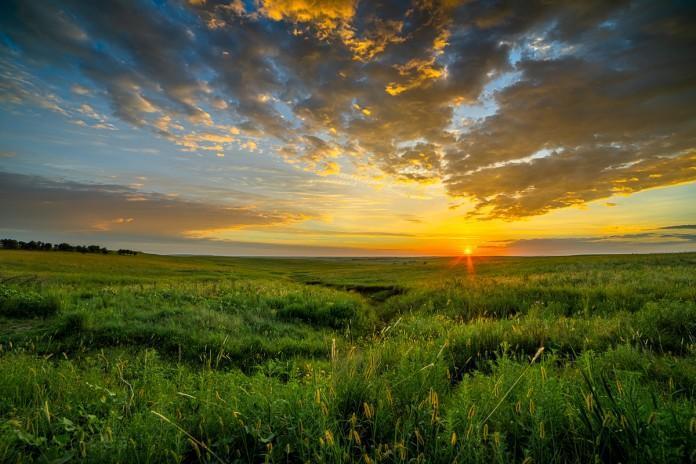I’m going to let you in on a little secret; you’ve been lied to. No, that call stating your car’s extended warranty is cause for the FBI to arrest you is definitely true as are all phone calls! In reality, however, this deception is much brighter. Let me shed some light on it. You were likely introduced to this falsified truth in elementary school and later had it reinforced through societal small talk. This lie is so ingrained in our society that it’s hard to fully grasp that this equivocation is just that. So, what grand insight do I have to bestow upon you in this month’s The Cosmic Mariner? I’m glad you asked! I’ll get right to the core. It does not, in fact, take light eight minutes to travel from the Sun to the Earth. I can hear you now. “That’s malarkey”, you say as if someone stripped you of your childhood. But wait, there’s more! While it does take light a little more than eight minutes to travel from the sun’s surface to the Earth, the true story goes much deeper. Each photon of solar light that your retina deciphers is actually between a few thousand to half-a-million years! We often discredit the incredibly drunken journey that these photons take from the core of the sun to the Earth’s surface and beyond.

The story of our photon begins in the core of our solar system’s life giving conglomerate of densely packed Hydrogen. The Sun! With a core temperature of approximately 27,000,000 degrees and a density roughly 125 times greater than water, it is truly a home only an Atom could love. Because of the incredible amount of gravitational force being applied to the Hydrogen atoms in the Sun’s core, these atoms are squeezed together until they eventually form Helium in a process known as nuclear fusion. This is different from the process we humans use to create energy in power plants; nuclear fission. When two Hydrogen atoms form a Helium atom, an enormous amount of energy is released in the form of gamma ray radiation. These gamma rays, as we know from previous articles, are extremely energetic wavelengths of light far above the spectrum that you and I can see on Earth. In fact, if you do “see” a gamma ray, chances are you’re actually dead. After creation, these gamma rays are thrust into the core of the sun at the speed of light where they partake in the harrowing millimeter journey to another atom where they’re absorbed and thrust back into the dense pool of atoms.

Over, and over, and over again; these photons are absorbed and radiated. Absorbed and radiated. Each time they are redirected onto a completely random path. Due to the incredible dense core of the sun, this photon could spend hundreds of thousands of years indiscriminately walking from one atom to the next as it attempts to reach the surface. This process is similar to a pub crawl. You travel from bar to bar, each time losing a little bit of energy…or a lot of energy…This led to astronomers naming this phenomenon the drunken or random walk. This process of absorption and re-radiation occurs for thousands of years until the photon finally reaches the radiative zone. This portion of the sun is less dense than the core but dense enough that the photon still impacts other atoms and has its energy transferred through the process of radiation. Hence the name. As the photon impacts other atoms in the radiative zone, it’s re-emitted in different directions at lower wavelengths and, over time, eventually becomes visible light that we humans have adapted to see. The photon will spend a large portion of its life in the enormous radiative zone until it eventually reaches the convective zone above.
The convective zone works through the process of convection. Unlike the radiative zone where the photons are absorbed and re-radiated, the photons now coast on hot gasses that boil like water in a pot or mud in volcanic pits. As the gas heats up due to the incoming energy, it rises towards the photosphere, or the outer surface of the sun, on granules that cool and lower back toward the radiative zone. As this process of convection occurs, our photons are able to finally break free in the photosphere and embark on their grand journey to our eyeballs on Earth. This final journey takes a little more than 8 minutes to complete. After traveling 8 minutes, some of the light is blocked from entering our atmosphere by the Earth’s ozone layer and our magnetic field. For the most part, only visible light is able to pierce through our atmosphere and bounce into our eyes allowing us to see the wonderfully beautiful world on which we live. So, next time you look at the warming rays of our sun, keep in mind that the light you are seeing was created around the same time that our ancestors began to explore the idea of clothing roughly 170,000 years ago. Light is a window into the past. Let’s use it to see our future.






